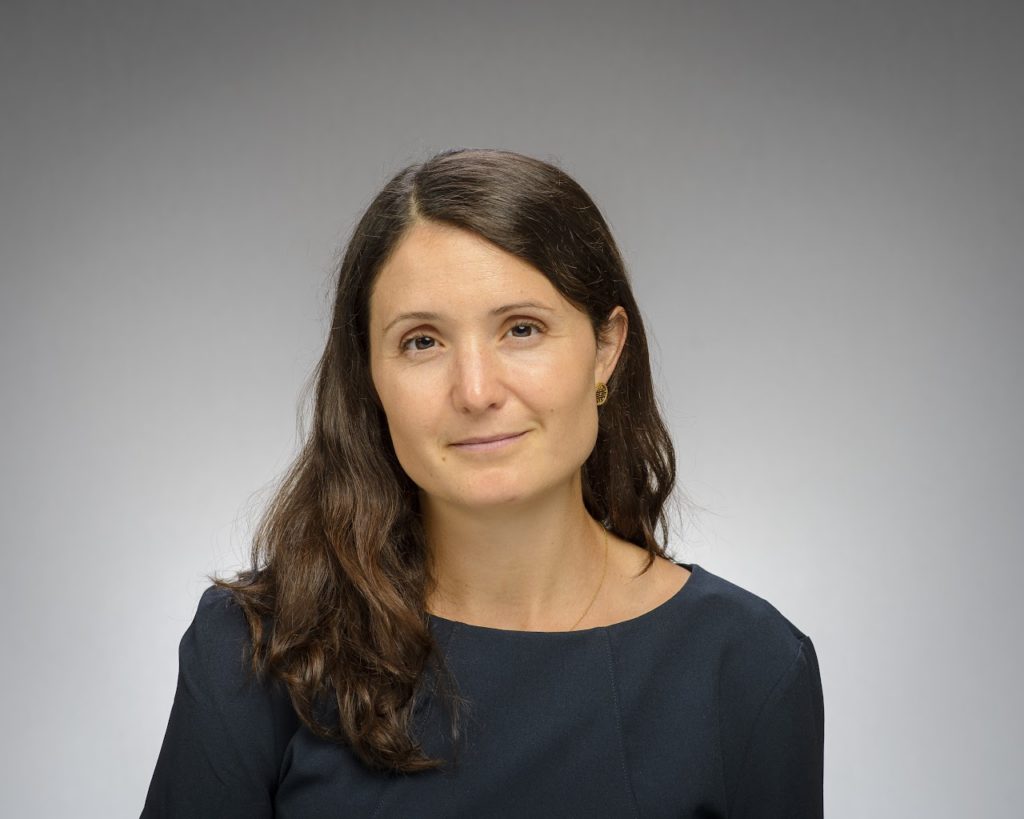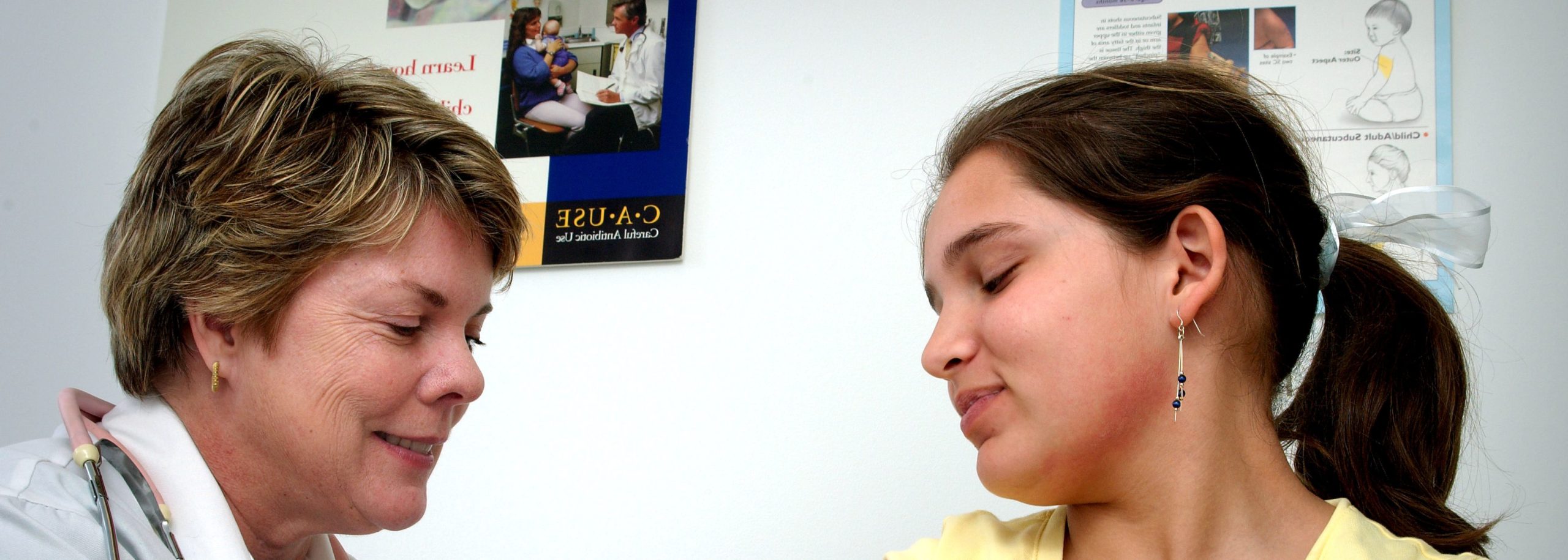Published: 11/28/2022

Dr. Adrienne Sabety is an economist and Assistant Professor in the Department of Health Policy at Stanford University. She studies healthcare and the social determinants of health. Her work includes a large, 14-month study in collaboration with the Department of Health and Mental Hygiene in New York City targeting barriers to accessing health care for uninsured, undocumented immigrants. We spoke with her about this work, and how undocumented immigrants—and society more broadly—benefit when access to primary, preventive care is expanded.
What are the particular challenges that undocumented immigrants face accessing health care, and what prompted your collaboration with the New York City’s health and mental hygiene department to investigate this problem?
Undocumented immigrants are a hugely vulnerable group, and we know very little about their health needs and how they utilize healthcare. The opportunity to work with the Department of Health and Mental Hygiene in New York was an awesome way to start digging into undocumented immigrants’ healthcare needs and utilization patterns.
Now, several years after our study, expanding access to undocumented immigrants is even more relevant in the context of the COVID-19 pandemic, which has disproportionately impacted low-income and immigrant populations, exacerbating longstanding healthcare disparities.
Undocumented immigrants are a hugely vulnerable group, and we know very little about their health needs and how they utilize healthcare.
How did the partnership with the NYC mayor’s office and DOHMH come about?
Providing primary care on the front end is a way to increase the efficiency of care, e.g., by enabling individuals to seek and receive care in a primary care setting rather than the emergency department (ED). Figuring out how to improve the efficiency of care for a group that does not qualify for insurance was an important priority for New York City because the city partially funds the public hospital system known as Healthcare and Hospitals, or H+H.
What are the most significant benefits to both immigrant health and society of ensuring that undocumented immigrants are able to access health care?
From an equity standpoint, it’s a no-brainer. This is an incredibly disadvantaged population with large barriers to obtaining healthcare. In many cases, undocumented immigrants may not know that free or low-cost primary care is available to them — let alone how to access such care. We typically think of preventive care positively impacting long-term health, so connecting individuals to primary care can have individual and societal benefits for years to come. There is also the potential for cost savings if individuals use less expensive settings when primary care is more accessible.
By providing better primary care access through our intervention, high-risk individuals decreased their use of emergency departments. This is extremely rare.
What were the most surprising or significant findings of your research?
I was surprised that only 25% of our population self-reported having access to primary care at baseline. This number increased to 39% when focusing on individuals with one or more chronic condition (like diabetes). These numbers are incredibly low. For context, 60% of uninsured, low-income Americans self-report having access to primary care.
By providing better primary care access through our intervention, high-risk individuals decreased their use of emergency departments. This is extremely rare. For contrast, when the Oregon Health Insurance Experiment randomly gave individuals Medicaid in Oregon, they found that both emergency department and office visits increased. We were likely able to decrease ED utilization, whereas other interventions haven’t, because the baseline level of access to primary care for our population is so low. A large share of our population was visiting the ED for conditions that could be easily treated in the primary care setting. When their access to primary care expanded, it almost replaced demand for ED visits.
What are the most important steps health care providers (and/or systems) can take to reduce barriers to access?
Undocumented immigrants are largely ineligible for health insurance in America. So, in the absence of insurance, informing individuals about healthcare options relies on marketing and communicating that primary care is accessible and subsidized. For instance, when individuals visit the ED for non-emergency services, providers could inform individuals about office-based, subsidized care from federally qualified health centers and community health care clinics.
Insurance is one of the most natural ways to expand access for this population. This work underlies recent legislation in New York to expand Medicaid to undocumented immigrants over age 65. In the next legislative session, they will consider expanding Medicaid to all undocumented immigrants.
Photo credit: James Gathany, Judy Schmidt, USCDCP

